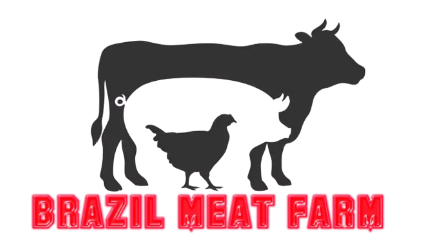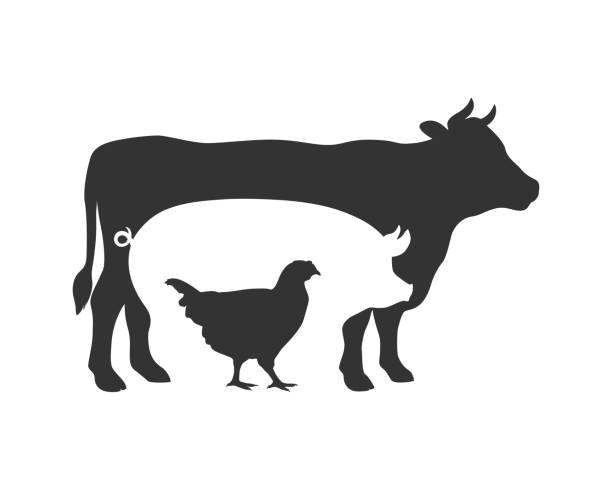The Ultimate Guide to Frozen Chicken Export
The global market for frozen chicken export is flourishing, driven by the rising demand for affordable, protein-rich food. From households to restaurants, frozen chicken has become a staple in many regions due to its convenience, affordability, and extended shelf life. This comprehensive guide explores the essentials of exporting frozen chicken, including strategies, market insights, and tips for success.
Why Frozen Chicken is a Prime Export Product
Frozen chicken is an excellent choice for international trade due to its resilience in maintaining quality over long distances. Freezing ensures the product retains its nutritional value, flavor, and texture while preventing spoilage. This makes it ideal for regions with limited local poultry production or challenging transportation networks.
Key benefits of frozen chicken for export include:
• Longevity: Freezing extends the shelf life of chicken products, ensuring they remain fresh during long transit times.
• Cost Efficiency: The freezing process simplifies bulk storage and transport, lowering overall costs.
• Wide Market Appeal: Many countries rely heavily on imported poultry to meet domestic demand, creating a steady market for frozen chicken.
Top Markets for Frozen Chicken Export
1. The Middle East
Countries in the Middle East are among the top importers of frozen chicken. A significant portion of the population requires halal-certified products, creating a niche for exporters who can meet this need. Nations like Saudi Arabia, the UAE, and Qatar are particularly lucrative.
2. Asia
Rapid urbanization and changing dietary preferences in Asian countries have spiked poultry consumption. Frozen chicken provides a practical solution for cities with high population densities, where fresh chicken availability may be limited.
3. Africa
Africa offers immense potential for frozen chicken exporters. While the market is price-sensitive, demand continues to grow due to limited local production and increasing reliance on imports for affordable protein.
Challenges in Frozen Chicken Export
While the frozen chicken export business is lucrative, it is not without its challenges. One major issue is cold chain logistics. Maintaining the correct temperature from production to delivery is critical to ensuring product quality and safety. Exporters must invest in state-of-the-art refrigeration and transportation systems.
Another obstacle is navigating the complex web of trade regulations. Each country has its own import standards, tariffs, and documentation requirements. Failing to comply with these rules can lead to delays, penalties, or even loss of goods.
Additionally, market competition is fierce, with established exporters holding strong positions in key regions. Newcomers need to focus on differentiation and customer satisfaction to carve out their share of the market.
Compliance and Certification Requirements
To gain access to global markets, frozen chicken exporters must meet stringent food safety and quality standards. Here are some of the key certifications required:
• ISO 22000: Ensures adherence to global food safety management practices.
• HACCP (Hazard Analysis and Critical Control Points): Focuses on identifying and mitigating risks during food production and processing.
• Halal Certification: Essential for exporting to Muslim-majority countries.
• FDA Compliance: Required for exporting to the United States and other regions with strict food safety laws.
Obtaining these certifications demonstrates a commitment to quality and builds trust with international buyers.
Success Strategies for Frozen Chicken Exporters
1. Invest in Quality Control
Quality is non-negotiable in the frozen chicken export business. From sourcing to processing, ensure every step adheres to the highest standards. This not only safeguards your reputation but also guarantees compliance with international regulations.
2. Leverage Logistics Expertise
Partner with experienced cold chain logistics providers to maintain optimal conditions during transportation. Advanced tracking systems can offer real-time updates and reassure buyers of your commitment to excellence.
3. Build a Strong Digital Presence
With buyers increasingly searching for suppliers online, having a professional, well-optimized website is crucial. Highlight certifications, product offerings, and success stories to attract potential customers. Additionally, use social media and email marketing to reach a global audience.
4. Focus on Branding
In a crowded marketplace, strong branding can set you apart. Highlight unique selling points, such as organic chicken, antibiotic-free products, or eco-friendly packaging. Tailor your branding to resonate with the preferences of target markets.
Conclusion
Frozen chicken export presents enormous opportunities for businesses ready to navigate its complexities. Success requires a commitment to quality, adherence to international standards, and a strategic approach to marketing and logistics. By focusing on these areas, exporters can establish a strong foothold in this growing industry and cater to the ever-increasing global demand for frozen chicken.
Would you like additional help with implementing backlinks or tailoring the content to a specific market?


